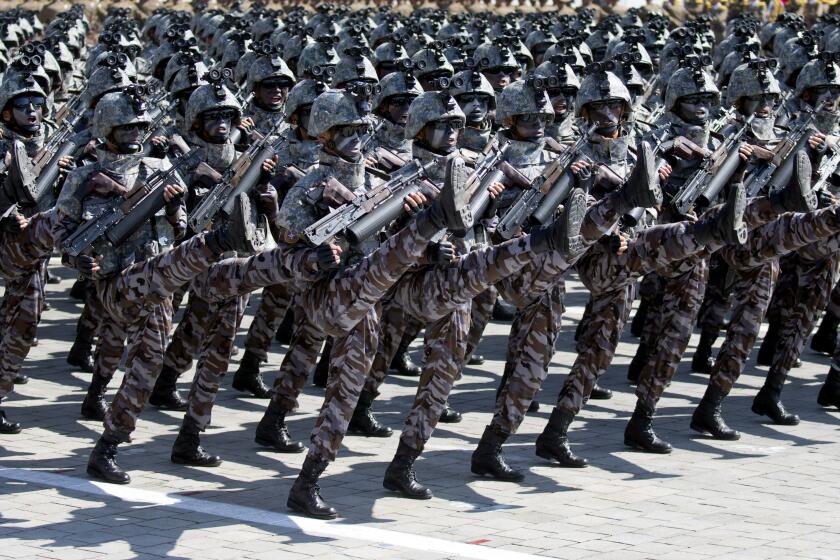Trying to Forestall the Misery of Ecstasy
CHICAGO — One dead after a party in suburban Chicago. Two more in Memphis, Tenn., and another two in Portland, Ore.
The fatal consequences of Ecstasy--an illegal drug that some say is this decade’s version of LSD--are becoming increasingly apparent nationwide, further stirring the debate about how to deal with the large numbers of young people who are using it.
“It’s the hottest drug going right now,” says Michelle, a 19-year-old former Ecstasy user from New York City who is in rehab and spoke on the condition that her last name not be used. “Anybody can get it anywhere, anytime.”
While it is most often associated with the dance parties called “raves,” federal officials say the drug, also known as MDMA, is so readily available that teens can buy it at school and on the street corner.
A survey of American teens released in February found that one in four questioned said they had a friend or classmate who had used Ecstasy. Seventeen percent said they knew more than one user. It was the first time the nonprofit National Center on Addiction and Substance Abuse conducted a survey on the drug.
Dr. Vasilios Pitsios says that in recent months he has treated patients as young as 14 who have arrived unconscious at the emergency room at St. Vincent Hospital in the heart of Manhattan’s club scene. Two have died on his watch.
Pitsios says he has a frank talk with those who survive. “But how much of that sticks?” he asks. “It’s probably very little.”
Some young people are taking matters into their own hands, preaching “harm reduction” methods that they hope can save lives. Rather than telling others to just say no, they believe it is more realistic to give users information about Ecstasy that, they say, can lessen the drug’s damage.
“It’s obvious that zero tolerance simply doesn’t work,” says Andrew Epstein, a senior at Amherst College in Massachusetts who helped organize an information session about Ecstasy on his campus this week.
Among the tips he and others are spreading to young people nationwide: Stay hydrated to avoid severe, sometimes deadly, overheating.
They also tell users to avoid “stacking,” taking more than one tablet in a night to enhance the drug’s euphoric “I-love-everyone” effect.
Epstein says he first tried Ecstasy when he was a 17 but has cut back from nearly monthly use to two or three times a year.
Steve Svoboda, a 24-year-old Web site designer from Chicago, says he has done the same.
“If it’s used sparingly and people know the risks, I believe the potential for harm is greatly reduced,” says Svoboda, who heads Chicago’s chapter of a California-based harm-reduction group called DanceSafe.
Among other tactics, the group offers to test Ecstasy tablets to determine whether they contain other drugs that police and health officials say are increasingly being passed off as Ecstasy. In February, for example, police in Fairfax County, Va., confiscated hundreds of Ecstasy pills laced with the drug PCP.
“When somebody tells me they’ve taken Ecstasy these days, I have no idea what they’ve taken,” says Dr. Charles Grob, director of child and adolescent psychiatry at the Harbor-UCLA Medical Center in Torrance.
Grob, who conducted the first Food and Drug Administration-approved study of MDMA’s effects in mid-1990s, says the furor over the drug has overshadowed its potential as a psychiatric treatment for such ailments as post-traumatic stress disorder.
Michelle, the New York City teen, started using Ecstasy at 17 and was taking the drug four days a week. About a month ago she checked into a rehab center in Millbrook, N.Y.
“You wake up in the morning with dark circles under your eyes. You’re pale, and you feel down, like you can’t do it anymore without Ecstasy,” she says. “It’s not worth it at all.”
More to Read
Sign up for Essential California
The most important California stories and recommendations in your inbox every morning.
You may occasionally receive promotional content from the Los Angeles Times.










